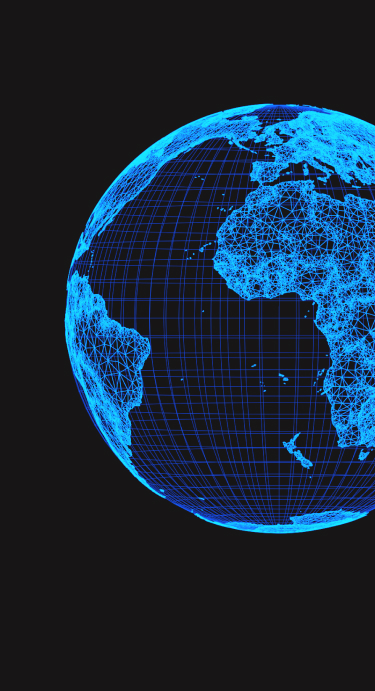Computer-aided engineering
The R&D Center scientists use the latest digital solutions for new technological applications.
Digital twins
Digital twin technologies are used by the NLMK R&D Center scientists for describing equipment and physicochemical metallurgical processes. With digital twins involved, it is possible to review various scenarios in order to implement novel engineering practices by selecting optimal parameters and representing virtual world experiments. This approach ensures rapid and safe testing of any effects initiated upon implementation of leading-edge technological solutions or upon improvement of current processes.
Digital twins are used for solving current industry-related problems — process optimization for reducing costs of power consumption, productivity gain, hazardous emission control, logistics etc.
This is to say from the software implementation point of view the above digital twins merge different technologies including physically based mathematical models, artificial intelligence, machine learning, predictive analytics, and «big data».
Digital twins can improve stability of operation or functional activity of a real object — a plant, a unit, or a production cycle component.
During development, a twin assists in defining probable object characteristic tolerances and accuracies for ensuring trouble-free operation in the course of planned useful life. With a digital twin used during operation, it is possible to improve the diagnosis and prediction of faults.
Such solutions allow optimizing production processes and logistics.
Computer simulation
For the purpose of development of a product portfolio, the NLMK R&D Center team creates physically based high-precision computer models, thereby enhancing different-level efficiency ranged from optimization of processes and properties to development of new steel grades.
The center specialists are engaged in developing several types of models:
- 3D spatial models. To describe stationary and transient chemical and phase transformation processes, such as liquid-solid phase transition in metals. These models are used for defining an internal (thermal, stressed, strain) state of materials in the course of metallurgical and thermomechanical treatment.
- Thermodynamic and thermokinetic models. To be used for simulating solid-phase transformation and microstructure evolution processes in the course of different thermochemical steel treatment.
- Empirical models. To be based on experimentally observed relations. These models are used for quick testing of specific end-use material properties, for example, relationships between mechanical strength of steels and microstructure.
- Machine learning models. To be used for disclosing concealed correlations between production process parameters and final product quality. Ordinary, such models are based on statistics laws and involve an amount of real derived data. This kind of a model can be used for creating a decision-making system in order to select chemical slab composition and production parameters and to ensure the required mechanical rolled metal properties.
For creating an appropriate model, a wide range of state-of-the-art software products, such as finite element analysis system, ANSYS and Abaqus, ThermoCalc, FactSage thermodynamic calculation and other applications are used.
Projects and developments
Propose a Project
Research and development project
Innovative project
